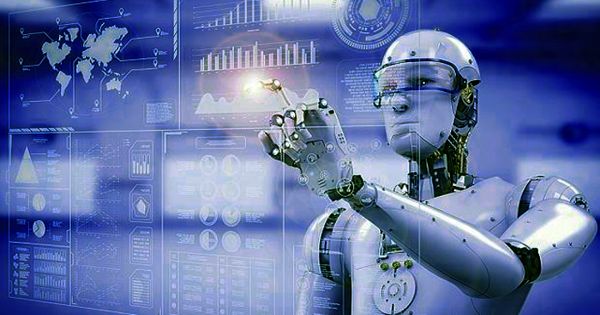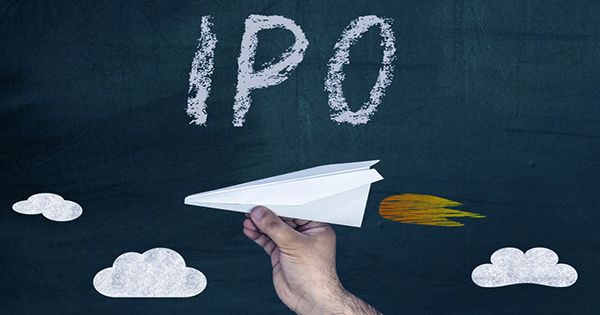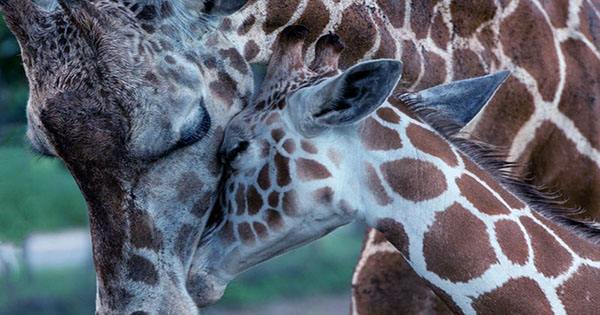Robots are becoming increasingly important, targeting human assistance at home or at the workplace. Robot learning is a research field at the intersection of machine learning and robotics. It consists of a multitude of machine learning approaches, particularly reinforcement learning, inverse reinforcement learning, and regression methods. It studies techniques allowing a robot to acquire novel skills or adapt to its environment through learning algorithms.
The embodiment of the robot, situated in a physical embedding, provides at the same time specific difficulties (e.g. high-dimensionality, real-time constraints for collecting data and learning) and opportunities for guiding the learning process (e.g. sensorimotor synergies, motor primitives). These methods have been adapted sufficiently to a domain to achieve real-time learning in complex robot systems such as helicopters, flapping-wing flight, legged robots, anthropomorphic arms, and humanoid robots.

Educational robots enable students of all ages to become familiar with and deepen their knowledge of robotics and programming, while at the same time learning other cognitive skills. Example of skills that are targeted by learning algorithms includes sensorimotor skills such as locomotion, grasping, active object categorization, as well as interactive skills such as joint manipulation of an object with a human peer, and linguistic skills such as the grounded and situated meaning of human language.
The robot hardware is progressively becoming more complex, which leads to growing interest in applying machine learning and statistical approaches within the robotics community. Learning can happen either through autonomous self-exploration or through guidance from a human teacher, like for example in robot learning by imitation. The field of intelligent robotics, which aspires to construct robots that can perform a broad range of tasks in a variety of environments with general human-level intelligence, has not yet been revolutionized by these breakthroughs.
The past 10 years have seen enormous breakthroughs in machine learning, resulting in game-changing applications in computer vision and language processing. Robot learning can be closely related to adaptive control, reinforcement learning as well as developmental robotics which considers the problem of autonomous lifelong acquisition of repertoires of skills. A critical difficulty is that the necessary learning depends on data that can only come from acting in a variety of real-world environments.
While machine learning is frequently used by computer vision algorithms employed in the context of robotics, these applications are usually not referred to as “robot learning”. The aim is for robot capabilities to be more easily extended and adapted to novel situations, even by users without programming ability.
Information Source:
















